Back Pain? Are You a Flexor or Extender? Why You Need to Know
- chelsie462
- Sep 27, 2024
- 3 min read
You might be neither - you could even be both - Bob’s mom was.
We have an array of back exercises from which to choose. It will be helpful to make your choice if you know what kind of back pain you have.
There is a lot of information available on how to fix back pain out there - online etc. But, in our opinion, what you first need to know is what kind of back pain you have. Are you a:
• Flexor
• Extender
• Shaker and/or a
• Compressor
Depending on what you are, we will instruct you on the things to avoid and what exercises you can do. We will talk about and describe the first two types: Flexor and Extender. In the next video, we will talk about and describe the SHAKER and COMPRESSOR.
Bob is a FLEXOR. When he hurts his back, it tends to be from a Back Flexion type activity. For example, lifting heavy items with his back in a c-position, (the back is rounded like the letter C).
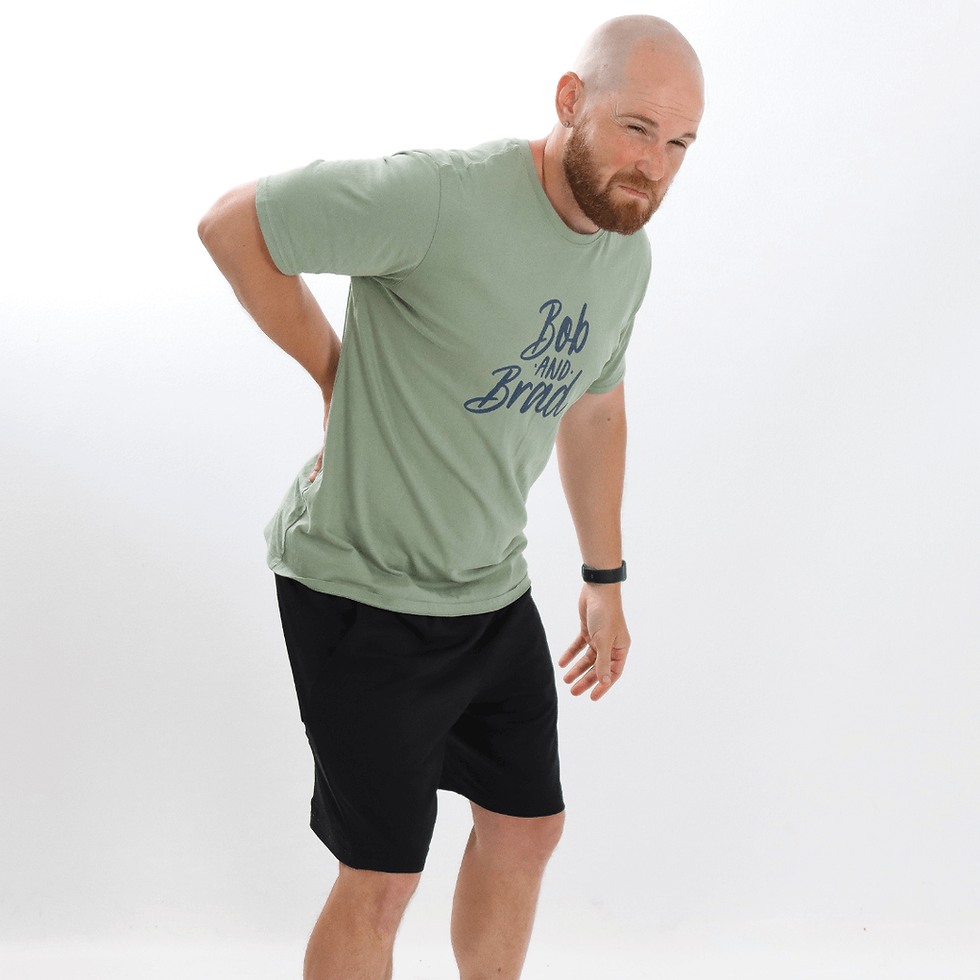
(Flexor)
On the other hand, Brad is an EXTENDER. When he hurts his back, it tends to be when he has his back in an extended position. He is also a compressor. His back hurts when he does an activity that causes his back to compress.
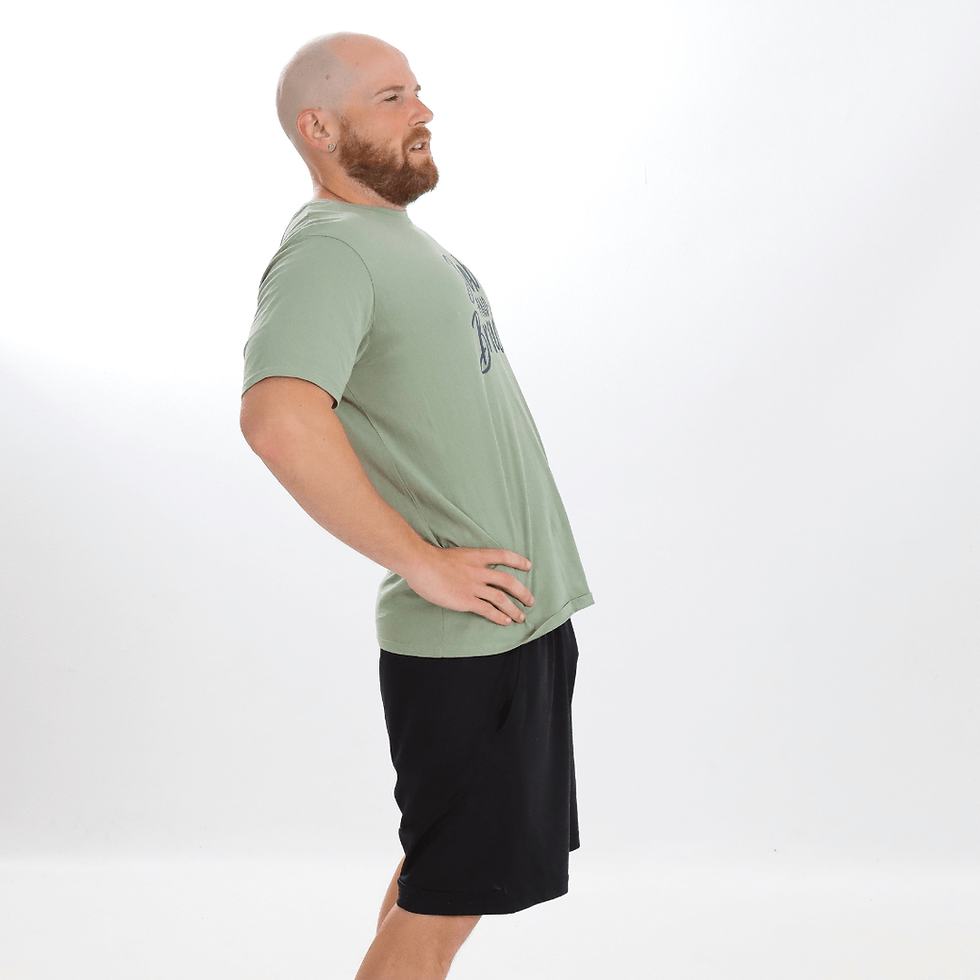
(Extender)
The FLEXOR is the most common type.
Questions for a FLEXOR? If you are a FLEXOR, you will answer “yes” to most of these questions:
1. Is your back pain generally worse when sitting for a prolonged period or getting up from a seated position?
2. Is your back pain generally worse after prolonged bending or stooping as in bed making, vacuuming, ironing, digging, or gardening?
3. Is your back pain generally better with walking?
4. Is your back pain generally better when lying down, (although it may be worse at first and eventually settles down)?
A lot of people with a herniated or bulging disk are FLEXORS. If you have a herniated or bulging disc, we recommend watching our sciatica program (instead of this).
Flexor Test One:
Flex your back forward in a seated or standing position. Put your back in a “c” position (see photo). Any pain STOP. You may be a flexor. No pain? Try flexing your back 5 times in a row. If this position results in pain you may be a Flexor.
Flexor Test Two (3 part):
1. Sit in a chair, keeping your back completely straight. Then grasp the seat of the chair and pull up. Note if you have any pain. No, if you are a flexor!
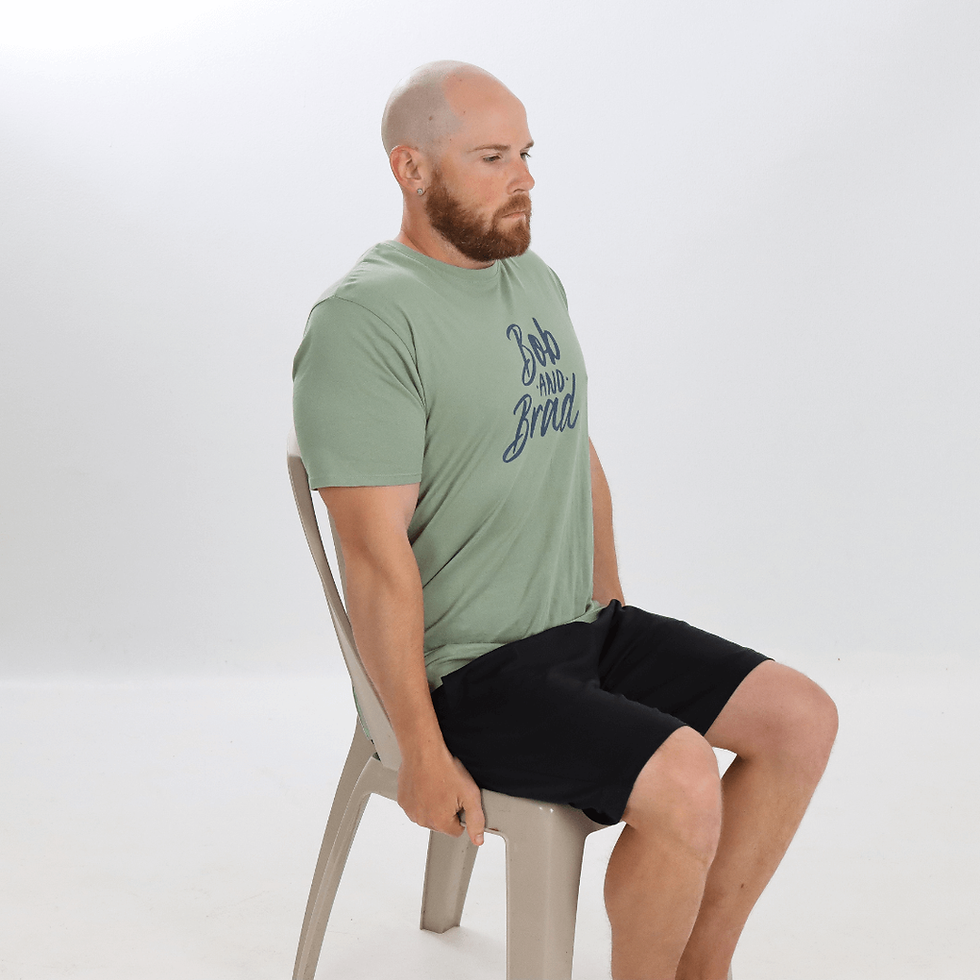
2. Sit in a chair. Bend back forward in a “C “position. Then grasp the seat of the chair and pull up. Note if any pain. Yes, if you are a flexor.

3. Sit in a chair. Extend your back in a backward arch. Then grasp the seat of the chair and pull up. Note if any pain. No pain if you are a flexor!
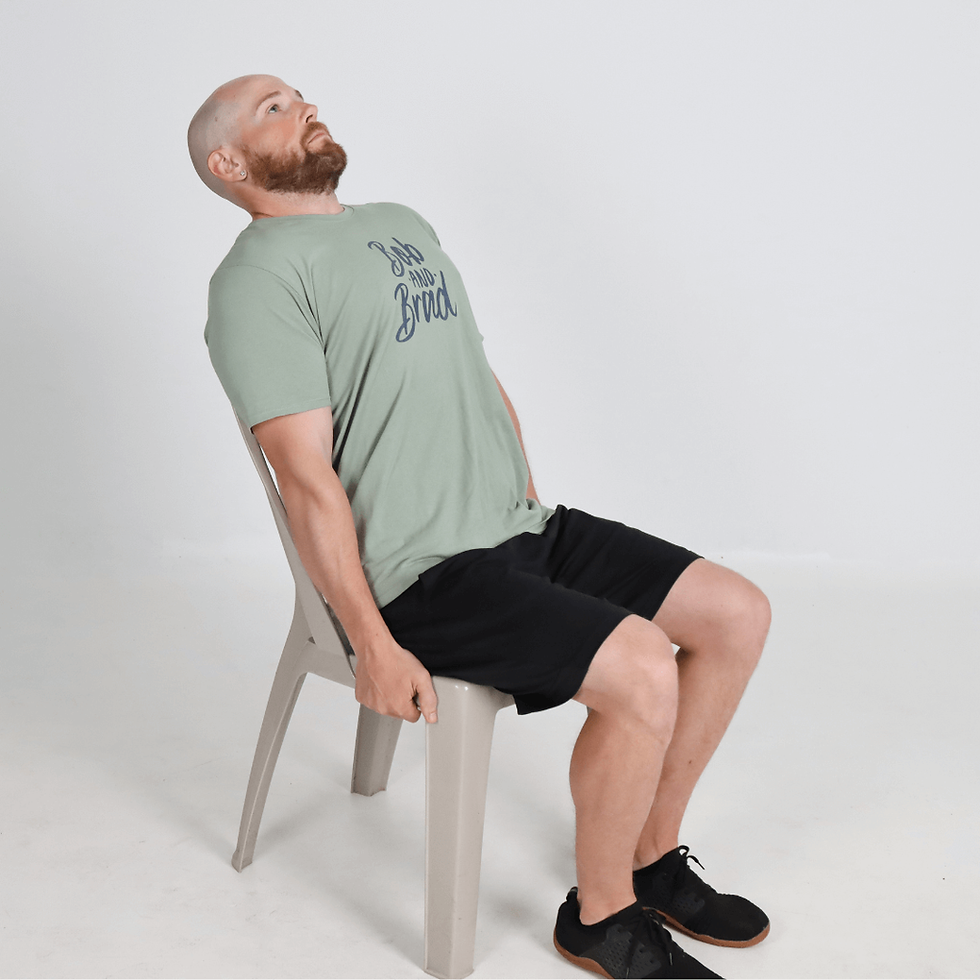
Are you an EXTENDER?
Questions
1. Are you over 50? Many people over 50 have age-related spinal stenosis, which makes them an EXTENDER.
2. Do you have a diagnosis of spondylolisthesis; where one bone (vertebra) slips forward on the other? Brad has this diagnosis. If you do, you are often an EXTENDER.
3. Is your pain worse with your back extended for a while? For example, while painting overhead.
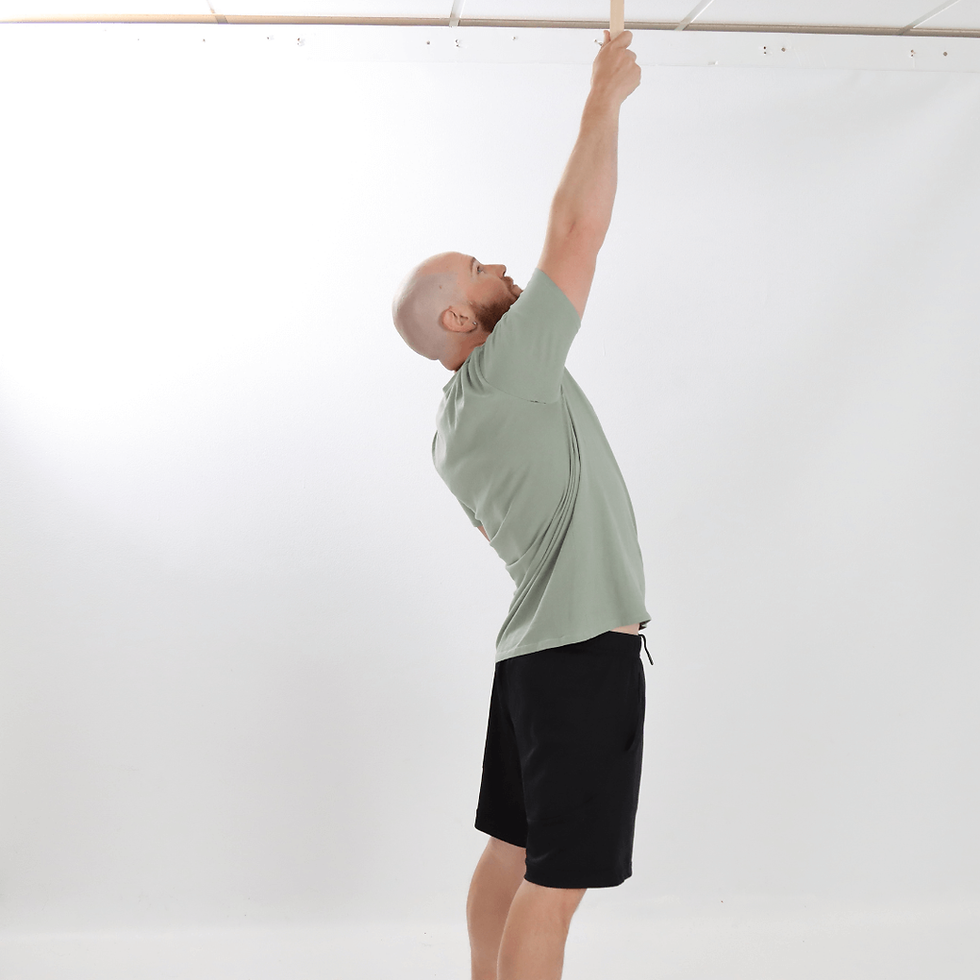
(Extended Spine with Overhead Work)
4. Is your pain often worse with walking or running? Is it better in sitting?
5. Do you have shopping cart syndrome? Your back feels better when leaning on a shopping cart.
Tests you can do:
Stand and extend your back to the right.
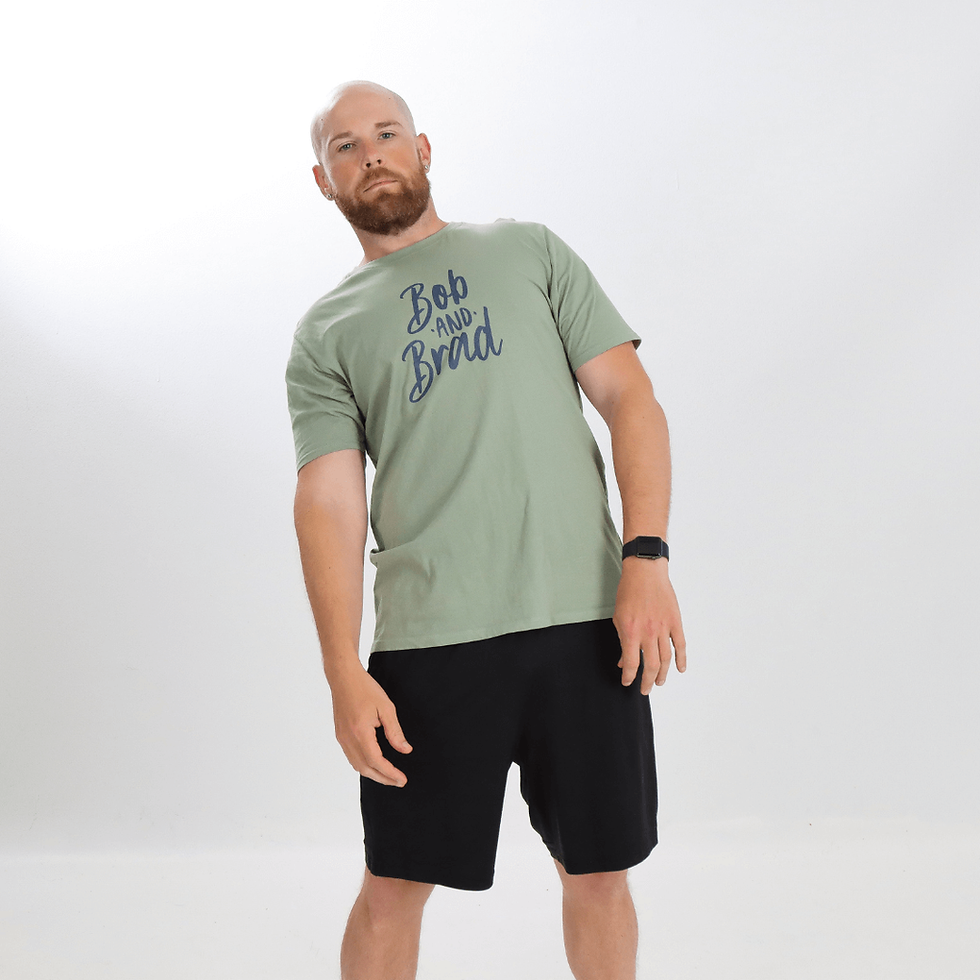
Raise your arms or have someone push through your shoulders. Do you feel increased pain?
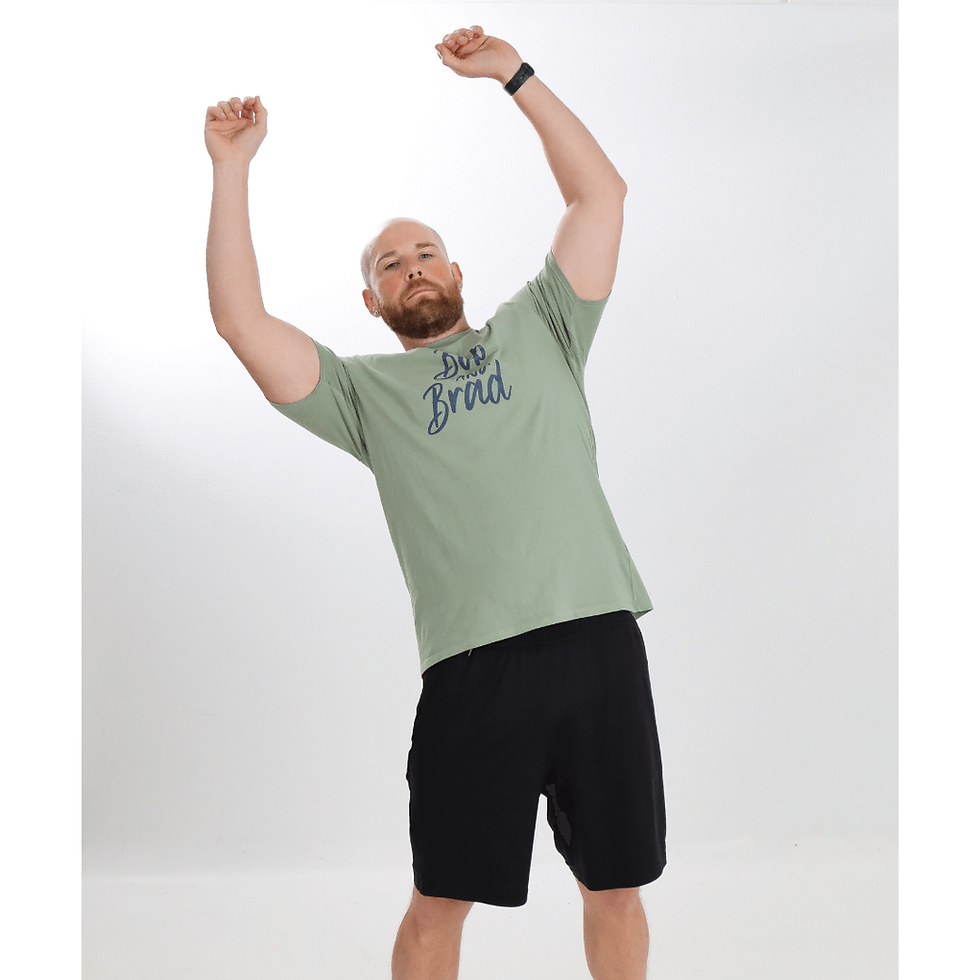
Stand and extend back to the left.
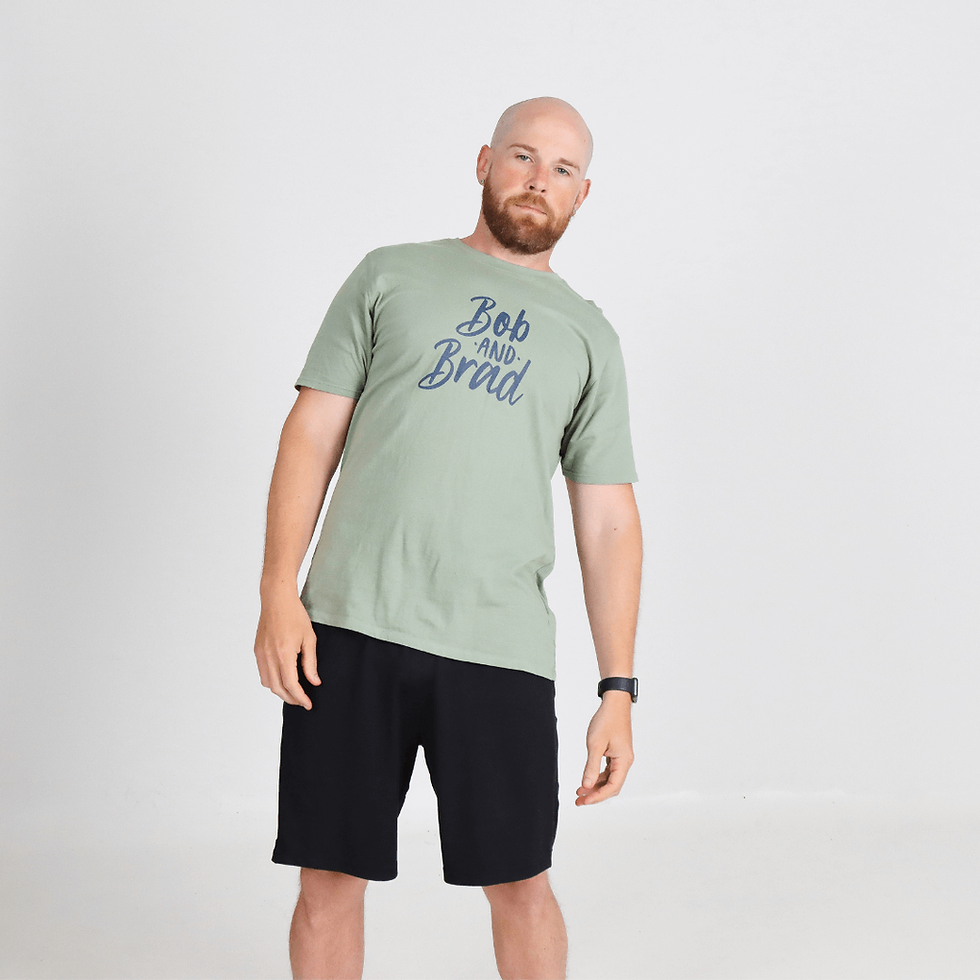
Raise your arms or have someone push through your shoulders. Do you feel increased pain?
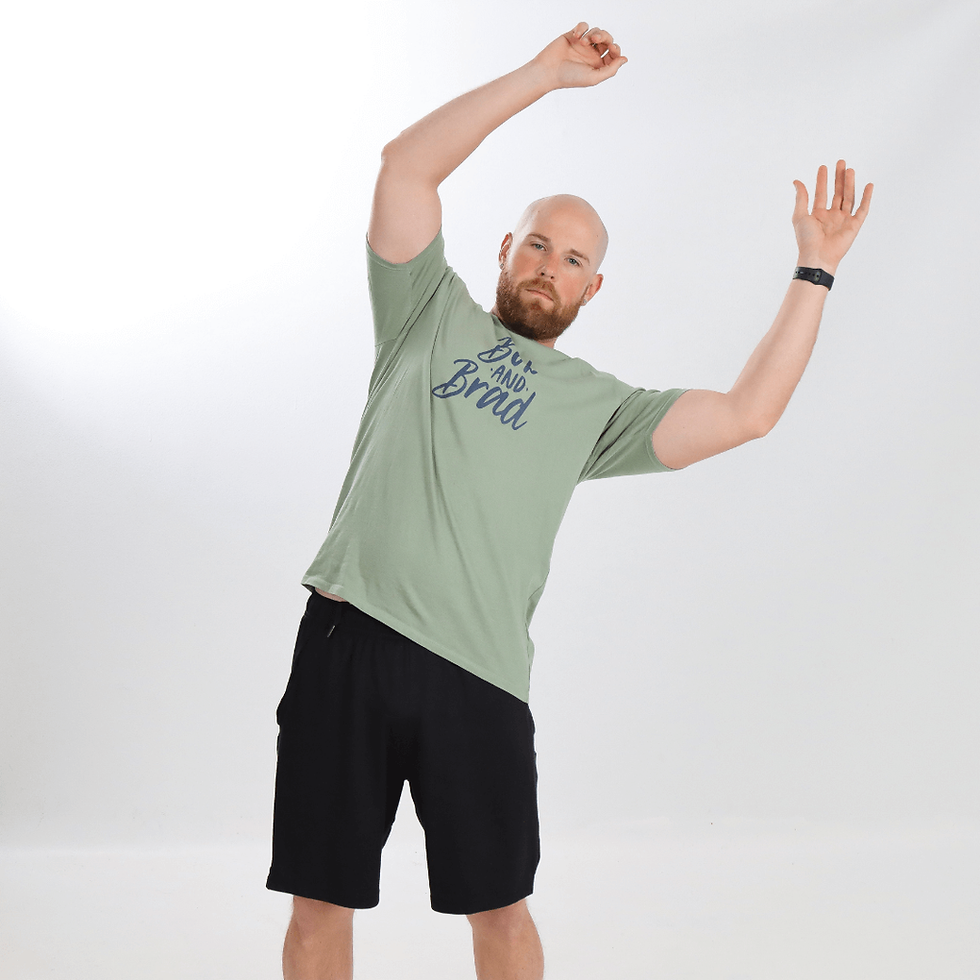
If you feel increased pain to the right or left, you are maybe an EXTENDER.
Check out the full Back Pain Relief Program series of videos along with downloadable guide sheets here: https://www.bobandbrad.com/health-programs/back-pain-relief-program

















Comentários